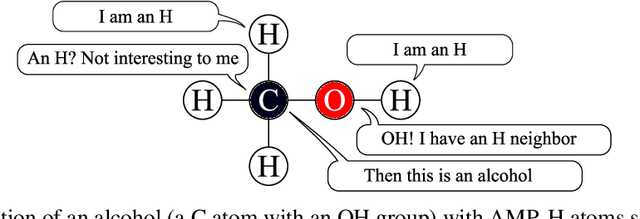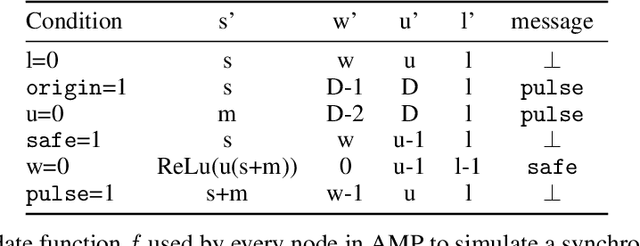Asynchronous Neural Networks for Learning in Graphs
Paper and Code
May 24, 2022



This paper studies asynchronous message passing (AMP), a new paradigm for applying neural network based learning to graphs. Existing graph neural networks use the synchronous distributed computing model and aggregate their neighbors in each round, which causes problems such as oversmoothing and limits their expressiveness. On the other hand, AMP is based on the asynchronous model, where nodes react to messages of their neighbors individually. We prove that (i) AMP can simulate synchronous GNNs and that (ii) AMP can theoretically distinguish any pair of graphs. We experimentally validate AMP's expressiveness. Further, we show that AMP might be better suited to propagate messages over large distances in graphs and performs well on several graph classification benchmarks.
 Add to Chrome
Add to Chrome Add to Firefox
Add to Firefox Add to Edge
Add to Edge